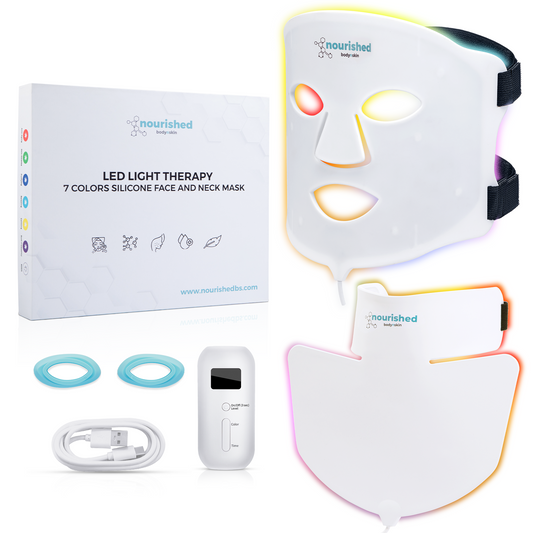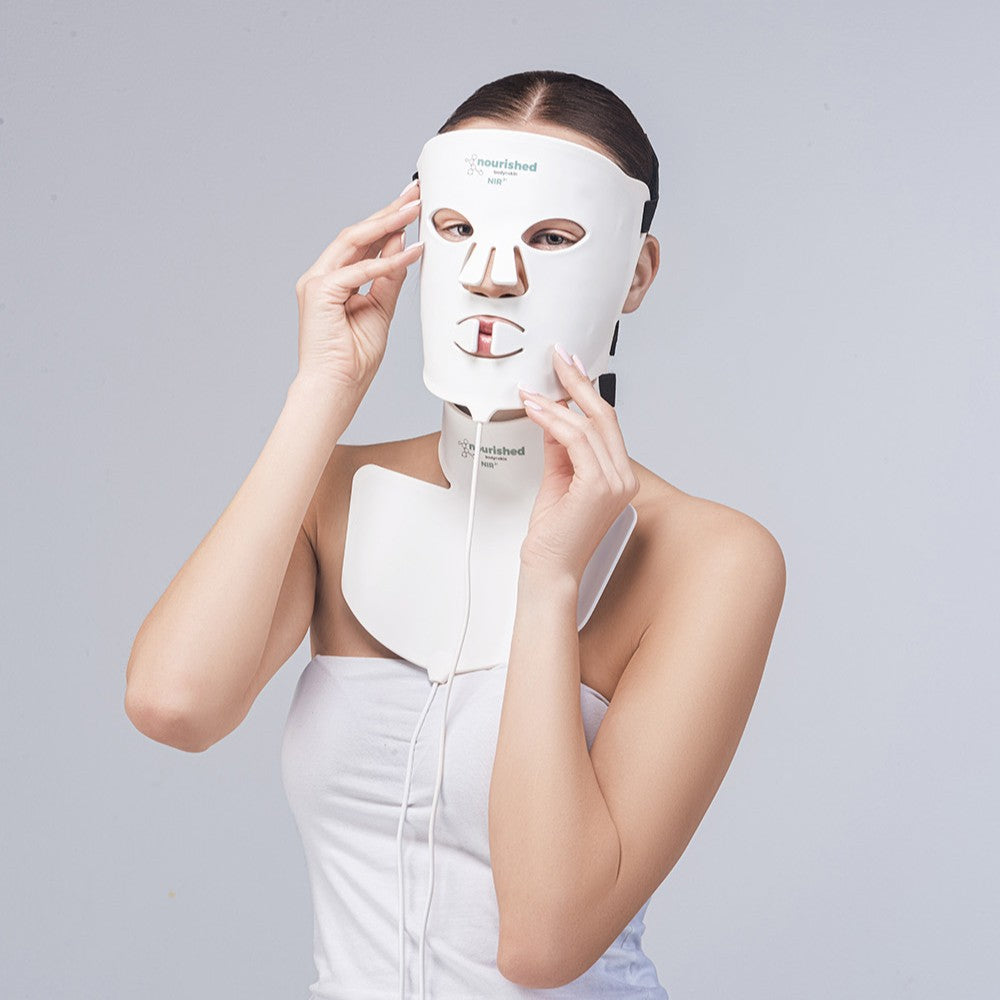Your quick guide to buying the best LED light therapy device

It’s not rocket science why we feel good when we bask under the sun or when we feel suddenly awake the moment any source of light hits our eyes. More than the itty-bitty part of the science behind it, the fundamental reason that can explain this is that—light interacts with our body in a fantastic way that we cannot see.
|
Light is a form of therapy. |
In fact, the use of light—or, in the ancient context, the use of sunlight—as part of self-care, particularly in treating physical and psychological diseases, has been introduced and practiced by major ancient cultures thousands of years ago. With the advancement of technology, gone are the days where we still have to consult the great Hippocrates’ papyrus writing for a prescription, nor do we have to depend on the sun alone for therapeutic benefits.
In modern medicine, various light therapy modalities have already been in place to aid specific health issues. We’re sure you’ve heard about laser therapy the most, but what about LED light therapy?
What is LED light therapy?

|
LED light therapy is the use of light emitted through semiconductor components called diodes (thus, the name Light-Emitting Diode) for therapeutic purposes, primarily being utilized in dermatology and psychiatry. |
Unlike lasers, LED needs a lower power input. In LED, light is dispersed instead of amplified over a tiny area, so it is heat-free, can target a larger treatment area, and delivers safe, gentle light even when emitted in the same wavelength as lasers.
Ever since NASA’s (National Aeronautics and Space Administration) development of LEDs for clinical applications in the 1990s, subsequent studies have proven time and again that in addition to its pain-relieving and wound-healing properties, LED light therapy can treat a variety of skin problems and can aid in mental relaxation. With this, you may have noticed numerous LED light therapy products popping everywhere in different forms.
The question now, therefore, is not whether it does or does not work, but how you exactly find the best LED light therapy product for your skin.
Your LED Light Therapy Device Buying Checklist
☑ Available Wavelengths
|
Light travels in waves, and each wave has peaks. The distance between the peaks is called the wavelength. |
Each wavelength represents either a visible light (red, orange, yellow, green, blue, etc.) or an invisible light (infrared, etc.).
|
Wavelengths determine how deep the light gets absorbed by our skin. |
And because each light travels in different wavelengths, each one also gets processed differently by our body. Thus, varying wavelengths produce varying effects on the skin. This is where it’s important to note a product's different LED light wavelength capacities and see which one can offer the results you need.
|
Pro Tip: The more specific or narrow-ranged the wavelength offered, the more effective a product is in giving off the light your skin requires. |
Do you want a remedy for your acne-prone skin? Or a way to fight the signs of aging? The good news is we are here to help you choose the best LED light color for your skin type.
☑ Dose, Intensity, and Treatment Time
When looking for phototherapy products to buy, you may encounter the terms irradiance (intensity) and fluence (dose) along the way. We know it can be confusing, but these factors are essential characteristics of the products to look for, so let’s get to the basics through this analogy:
Suppose you’re holding a flashlight turned on towards the wall.
|
Irradiance is the rate at which the light is coming out of a source (in this case, the flashlight), meaning how much light is “flowing out” each second. |
The irradiance or intensity is high if the flashlight’s brightness is up. The irradiance or intensity is low if you turn the flashlight’s brightness down.
On the other hand, suppose all of the light from the flashlight gets entirely absorbed by the wall.
|
The fluence is the total amount of light that a target surface (the wall) absorbs over time. |
The longer you shine the light towards the wall, even if it’s not too bright (meaning the intensity is low), the wall may absorb more light overall. This instance results in high fluence.
With this analogy, you might get an assumption that the wall might not get many light particles overall (meaning low fluence) if you shine a high-intensity flashlight but immediately turn it off.
|
However, light acts differently within our skin, so longer exposure doesn’t mean we get better results from an LED light therapy session. |
Yes, getting a minimum treatment time per session is necessary to activate the cell machinery. Consequently, one should tailor the ideal treatment time according to the skin condition at the time of treatment.
|
Pro Tip: A product with more LED units delivers more light particles to the target area. |
Read more to know how to get the best results from LED light therapy.
☑ Shape and Distance of LED Light Source from the Skin
The last, and probably the most overlooked factor, is the efficiency of delivering the light particles to the depths of the skin.
Continuing with our flashlight analogy, the farther the flashlight is from the wall, the stronger it must be to reach the wall quickly and at the desired intensity. Moreover, if the wall is not perfectly flat, we may notice that the uneven part will get uneven exposure to light.
|
This analogy further proves that accurate positioning and shape of the product on the target area ensures that the treatment area receives the proper amount of light. Sufficient light delivery makes sure that the desired cell response will take place. |
|
Pro Tip: Look for a product that efficiently yet comfortably covers the shape of the target area, like the LED light therapy masks. |
Take a look at our handy Nourished Bodynskin LED Face, Neck, and Décolletage Mask Set made of flexible, lightweight, and shape-hugging medical-grade silicone.
What Makes the LED Light Therapy Mask an Ideal Skincare Partner

As mentioned before, unlike other phototherapy modes, LEDs need lower energy input to produce a specific desired output. For comparison, one laser diode costs as much as 200 or more new-generation LEDs. To top that up, LED light “bulbs” can be arranged to irradiate large areas simultaneously. Hence, LEDs can be customized according to the contour of the treatment site, ensuring a fast and efficient therapy delivery.
|
Advantages of LED Light Therapy Mask ☑ Safe |
These factors, among others, make LED light therapy an up-and-coming partner for your skincare regimen. Whether you’re looking for a device to get that glowing, radiant skin or a way to ease your mental tensions–the promises are just vast.
Imagine how you can now experience the luxury of a high-end salon skin treatment anytime in the comfort of your home, without spending massive amounts or worrying about hiding any post-treatment side effects. What’s more is that LED light therapy masks are so portable that you can even bring them when you travel or go on vacations, ensuring that your dehydrated and sun-exposed skin still gets the love it deserves.
What skin goals are you excited to tick off your bucket list?







